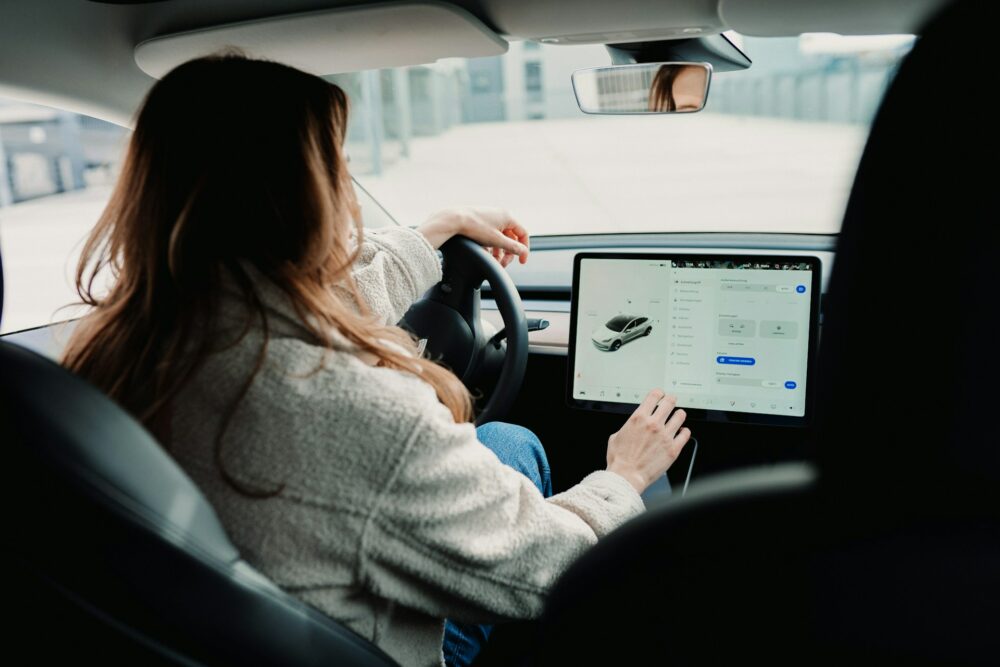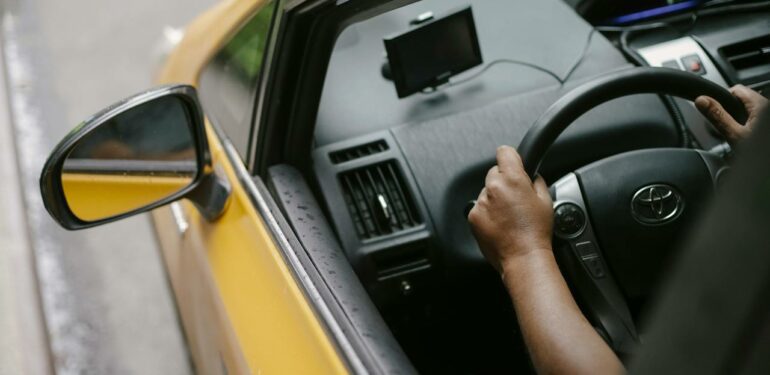With the rapid advancement of technology, the transportation industry is undergoing a significant transformation. As a transport business owner, staying at the forefront of this change is not merely a competitive advantage—it’s a necessity. This shift is spearheaded by modern vehicle gadgets that immensely enhance efficiency, safety, and customer satisfaction. Knowing which gadgets to invest in is crucial for any transport business looking to stay ahead of the curve. So, let’s take a look at six modern vehicle gadgets that every transport business should consider investing in.
1. Fleet GPS Cameras
If you run a transport business, one of your top priorities is the safety and security of your drivers, vehicles, and assets. A fleet GPS camera is an essential tool that can help you monitor and manage your fleet effectively. These cameras provide real-time footage of what’s happening inside and outside the vehicle.
They also have advanced features such as dashcam recording, driver behaviour monitoring, collision detection, and more. This technology helps to reduce accidents, identify and correct unsafe driving habits, and even prevent vehicle theft. Moreover, it provides evidence in case.
2. Electronic Logging Devices (ELD)
When it comes to compliance and safety, Electronic Logging Devices (ELD) have become a game-changer for transport businesses. The ELD mandate is a legal requirement in the transportation industry, making it mandatory for commercial vehicles to use electronic logging devices instead of paper logs. These devices track driving hours, monitor engine diagnostics, record vehicle inspection reports, and provide real-time alerts to drivers and fleet managers. By investing in ELDs, transport businesses can streamline their operations while ensuring compliance with federal regulations. Not only does this improve business efficiency, but it also reduces the risk of fines and penalties.
3. Advanced Driver Assistance Systems (ADAS)

Having state-of-the-art safety features is crucial for any transport business. That’s why investing in Advanced Driver Assistance Systems (ADAS) can significantly benefit your company. ADAS uses a combination of sensors, cameras, and radars to detect potential hazards on the road and assist drivers in avoiding collisions or accidents. This technology includes features such as lane departure warning, blind-spot detection, automatic emergency braking, and more. By investing in ADAS, transport businesses can reduce the risk of accidents and improve driver safety.
4. Telematics Systems
Telematics refers to the use of telecommunications and informatics to send, receive, and store information about remote objects such as vehicles. Telematics systems are typically installed on vehicles and use GPS technology to track their location, speed, distance travelled, and more. This data can be accessed in real-time through a web-based platform, giving transport businesses valuable insights into their fleet’s performance. Telematics systems also provide data on fuel consumption, vehicle maintenance needs, and driver behaviour, helping businesses reduce costs and improve efficiency.
For instance, if a vehicle is found to be idling for an extended period, telematics systems can alert fleet managers, allowing them to take necessary action to reduce fuel wastage. Furthermore, these systems can also track driver behaviour and provide feedback on areas for improvement.
5. Wireless Tire Pressure Monitoring Systems (TPMS)
Manually checking the tire pressure of each vehicle in a fleet can be time-consuming and costly. That’s where Wireless Tire Pressure Monitoring Systems (TPMS) come in. These systems use sensors to monitor tire air pressure and temperature, sending real-time alerts to drivers and fleet managers when there is an issue. This technology helps prevent accidents caused by underinflated or overinflated tires, reduces fuel consumption, and extends the lifespan of tires, saving transport businesses money in the long run. The way to a more efficient and safe fleet is through investing in wireless TPMS.
6. Route Optimization Software
Route optimization software is valuable for transport businesses looking to improve efficiency and reduce costs. This software uses algorithms to calculate the most efficient routes for multiple vehicles based on factors such as distance, traffic conditions, and time constraints. By investing in route optimization software, transport businesses can reduce fuel consumption, minimize travel time, and improve on-time delivery rates. This technology also allows for real-time updates and adjustments to routes in case of unexpected events or changes.
On the other hand, route optimization software can also help reduce a company’s carbon footprint by minimizing the number of miles travelled and optimizing fuel usage. This benefits the environment and improves a company’s public image.
In the dynamic world of transportation and logistics, businesses must embrace modern technology to stay competitive and efficient. Investing in these six modern vehicle gadgets— GPS cameras, electronic logging devices (ELD), advanced driver assistance systems (ADAS), telematics systems, wireless tire pressure monitoring systems (TPMS), and route optimization software—can bring about substantial improvements in safety, compliance, efficiency, and cost-effectiveness. By integrating these technologies into their operations, transport businesses can achieve better fleet management, improved driver safety, increased operational efficiency, and reduced environmental impact.


